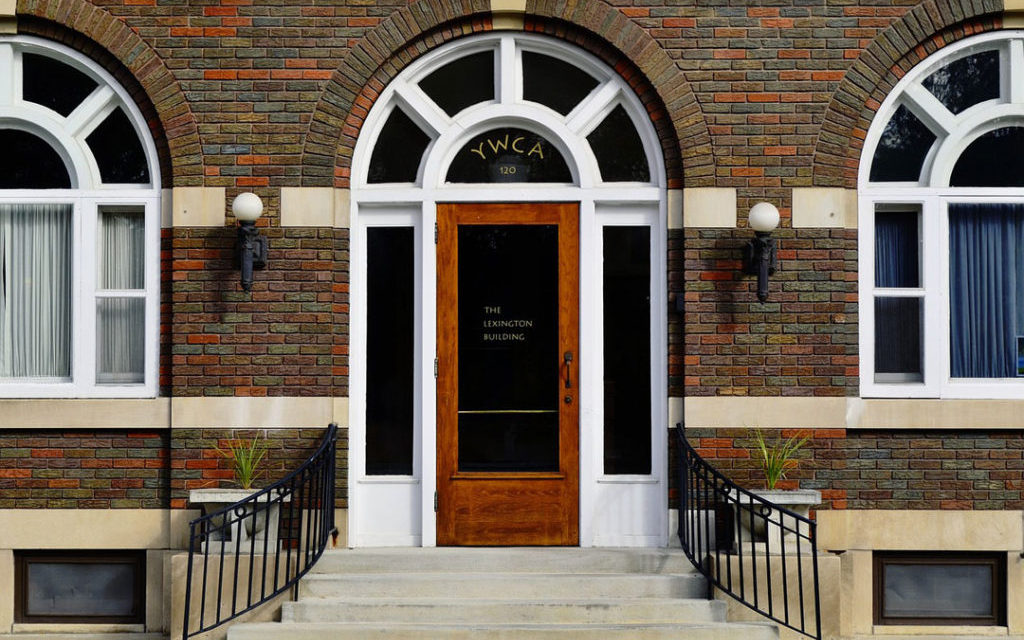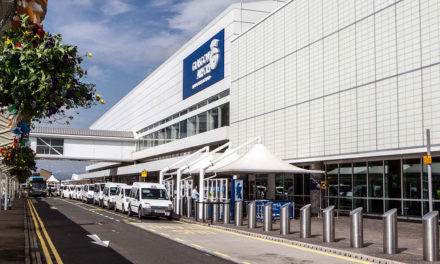Brick vs. manufactured stone, stucco, wood siding, wood shingle, fiber cement, vinyl siding
RESTON, Va., November 30, 2017 — An updated study comparing the installed cost of fired-clay brick to six common home exteriors shows that brick costs about half as much as manufactured stone—and just a third more than fiber cement before considering fiber cement’s lifetime maintenance costs.
Developed by RSMeans for the Brick Industry Association (BIA), the independent study compares the installed cost of total house construction for brick veneer over wood framing with the cost of adhered manufactured stone, stucco, horizontal wood siding, wood shingle, fiber cement and vinyl siding in major U.S. metro areas.
For a 2,700-square-foot, two-story house, an RSMeans chart shows the national average for the installed cost per square foot of cladding is $19.34 for adhered manufactured stone, $9.45 for brick, $8.96 for stucco, $7.61 for horizontal wood siding, $6.10 for wood shingle, $6.24 for fiber cement and $3.24 for vinyl siding.
Of course, the exterior cladding is only a small portion of the total cost of a house. On average, the total cost of a 2,700-square-foot, two-story, all-brick house costs only 3.6 percent more than a comparable fiber cement house. That equates to a $35 increase in the monthly mortgage payment before taxes.
“Brick exteriors are a smart, sustainable home choice that provides superior protection from hail and windblown debris, higher resale values, virtually no maintenance costs and is 100 percent recyclable,” said Ray Leonhard, BIA’s president and CEO.
“Other exterior options cannot match the many advantages of brick, and need to be painted or likely replaced every 10 years from regular wear and storm damage. This means that homeowners frequently recoup any premium paid for brick after the first paint job or storm damage associated with other home exteriors,” said Leonhard.
Fired-clay brick also saves on energy costs through its dense thermal mass, superior durability and moisture resistance, lower insurance premiums, a minimum one-hour fire rating by itself (without additional backing materials and installation labor) and a 100-year lifespan with enduring beauty that never fades.
Like all construction projects, location plays a major factor in total costs. In this study, comparisons are available for all metro areas, including Atlanta, Georgia; Austin, Texas; Charlotte, North Carolina; Chicago, Illinois; Dallas, Texas; Denver, Colorado; Detroit, Michigan; Houston, Texas; Indianapolis, Indiana; Jacksonville, Florida; Kansas City, Missouri; Louisville, Kentucky; Minneapolis, Minnesota; the New York City suburbs; Nashville, Tennessee; Raleigh, North Carolina; and the Washington, D.C. suburbs.





